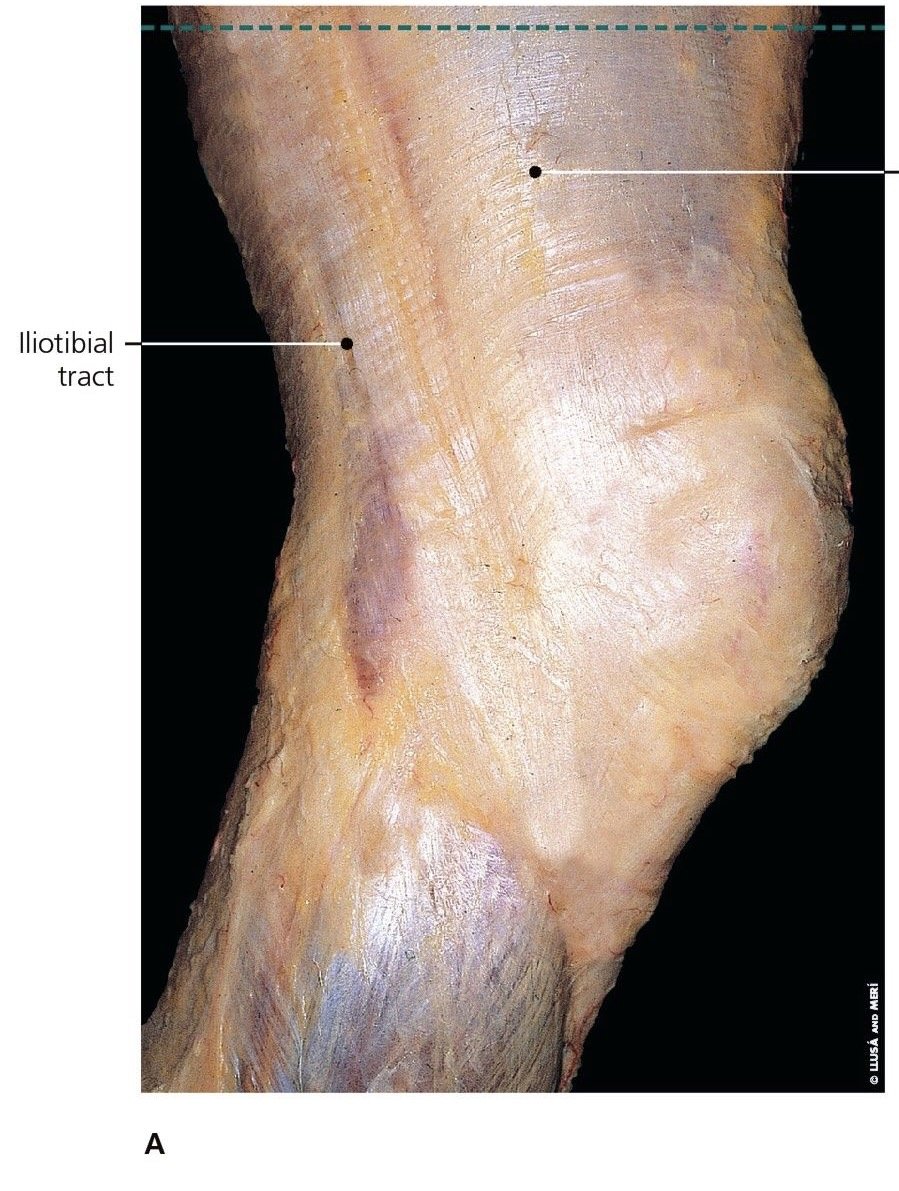Iliotibial Band Syndrome
Description:
The ilitotibial (IT) band is a superficial band of tissue which originates in the pelvic area. The IT band courses around the hip and then down the leg on the outside (ie lateral aspect) of the thigh and attaches just below the knee. When the knee is straight (ie extended), the IT band lies in front of the knee; when the knee is bent (ie flexed), the IT band lies behind the knee.
As the knee flexes and extends, the IT band rubs on a bony portion of the knee called the lateral femoral condyle. This friction between the IT band and the lateral femoral condyle may cause inflammation, sharp pain, and possibly popping on the outside aspect of the knee. This condition is known as iliotibial band syndrome.
The symptoms of iliotibial band syndrome tend to be worse with excessive knee motion, and therefore this condition is extremely common in runners and cyclists. In fact, iliotibial band syndrome is one of the leading causes of knee pain in runners.
IT band syndrome is often caused by excessive running or biking, especially if technique is improper. Running on an incline or an uneven, or banked surface, can increase the likelihood of developing IT band syndrome. This condition is also commonly seen in weight-lifters who perform standing squats.
Signs & Symptoms:
Iliotibial band syndrome symptoms typically include pain and tenderness on the outside (ie lateral aspect) of the knee. The pain is often worse during and after running or biking activities. The pain may radiate up the thigh along the course of the IT band. In addition, there may be tightness or thickening along the course of the IT band. This may lead to popping in the knee with range of motion.
Diagnosis:
The diagnosis of iliotibial band syndrome is usually made based upon the patient’s history and the findings on a thorough physical examination. X-rays are often performed to rule out other conditions, but usually are unremarkable.
Treatment:
Treatment for iliotibial band syndrome is usually non-operative in nature. When the pain is severe, rest, ice, and anti-inflammatory medications are useful to decrease the pain and inflammation. Activity modifications, including avoiding painful activities, such as running, are recommended temporarily until symptoms resolve. Stretching exercises to decrease tension in the IT band are also recommended.



